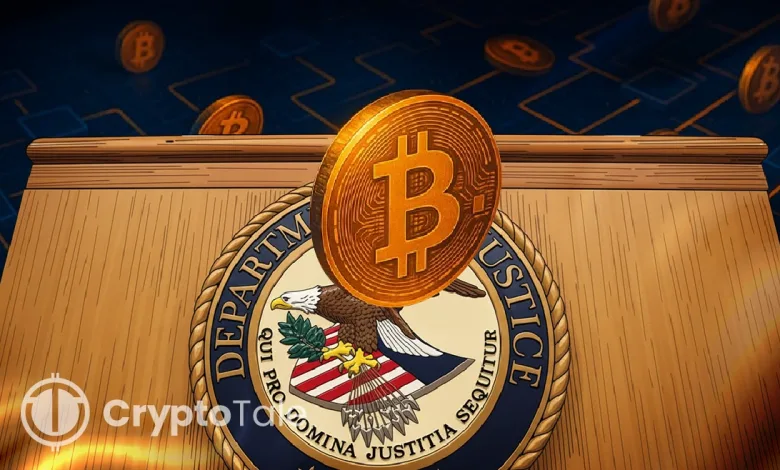Flawed Lubian Key Generation Exposed $15B in Missing Bitcoin

- U.S. authorities seized $15B in Bitcoin after uncovering flaws in private wallet keys.
- A crypto wallet linked to a mining network moved $1.3B in BTC after the DOJ case.
- Researchers traced the breach to weak PRNG code exposing over 220,000 Bitcoin wallets.
U.S. law enforcement has seized approximately 120,000 Bitcoins associated with a wallet exploit on the Chinese mining pool Lubian.com. The recovered assets, now valued at roughly $15 billion, were not stolen through hacking but gained by exploiting predictable flaws in private key generation. This operation is one of the largest cryptocurrency forfeitures ever recorded.
The discovery builds on research first detailed by the Milk Sad security team. Analysts traced the 2020 disappearance of more than 120,000 BTC to a flawed pseudorandom number generator (PRNG) used in Lubian’s wallet software. This PRNG reused predictable values, allowing investigators to reconstruct private keys through mathematical analysis rather than network intrusion. By exploiting that flaw, U.S. authorities gained lawful access to the compromised wallets and recovered the funds.
Milk Sad Researchers Trace Vulnerability to Lubian’s PRNG Flaw
Private keys must be generated with true randomness to remain secure. The affected wallets used a PRNG that relied on fixed offsets and repeatable patterns, making keys easier to predict. According to blockchain data, more than 220,000 Bitcoin addresses were created using this vulnerable process. Once the flaw became known in late 2020, funds from these addresses began moving rapidly, suggesting someone had discovered the weakness.
Investigators linked the compromised wallets to Lubian.com, a mining pool allegedly associated with the Prince Group, a network with operations in China and Iran. The mining entity had reportedly used the same flawed generator across multiple wallets that held mining profits. Within hours on December 28, 2020, billions of dollars’ worth of Bitcoin were drained from affected wallets in a single coordinated event.
The Milk Sad team confirmed that the PRNG’s predictable output created repeatable private key states. This allowed the reconstruction of wallet keys years later without breaking Bitcoin’s encryption. Experts see the episode as a warning that errors in implementation, rather than cryptographic design flaws, can threaten blockchain security.
Ongoing Blockchain Activity Highlights Crypto Custody Risks
Even after public disclosure of the vulnerability, some Bitcoin users continue to transfer funds to Lubian-linked wallets. Cobo co-founder Shenyu confirmed through social media platform X that the U.S. government now controls many of the affected addresses. He expressed concern that individuals still send Bitcoin to those wallets, despite clear warnings and published lists of compromised addresses.
Blockchain researchers noted new activity on wallets linked to the seizure, such as Bitcoin transactions in October 2025. Although the movements likely indicate official custody transfers, they underscore the current risk posed by users who fail to secure their wallets.
Related: LuBian Wallet Awakens After 3 Years, Transfers $1.1B BTC
According to cybersecurity experts, migrating assets out of wallets built with unverified or custom cryptographic code is strongly advised. Using proven libraries, ensuring a sufficient number of entropy sources, and conducting public audits are essential for creating a secure wallet. The Lubian case demonstrates how neglecting randomness flaws can expose even large organizations to total financial loss.
Industry observers suggest that this incident will lead to wider reforms in cryptographic auditing and wallet certification. Exchanges and custodians might face new compliance standards to ensure secure key generation and storage procedures.
The confiscation signifies a breakthrough in digital asset enforcement. The application of mathematical forensics instead of brute-force breaking demonstrates that predictable key generation can lead to legitimate recoveries of stolen cryptocurrency. The incident also reinforces the primary concept of blockchain security, namely that true randomness is not an option but a necessity.





